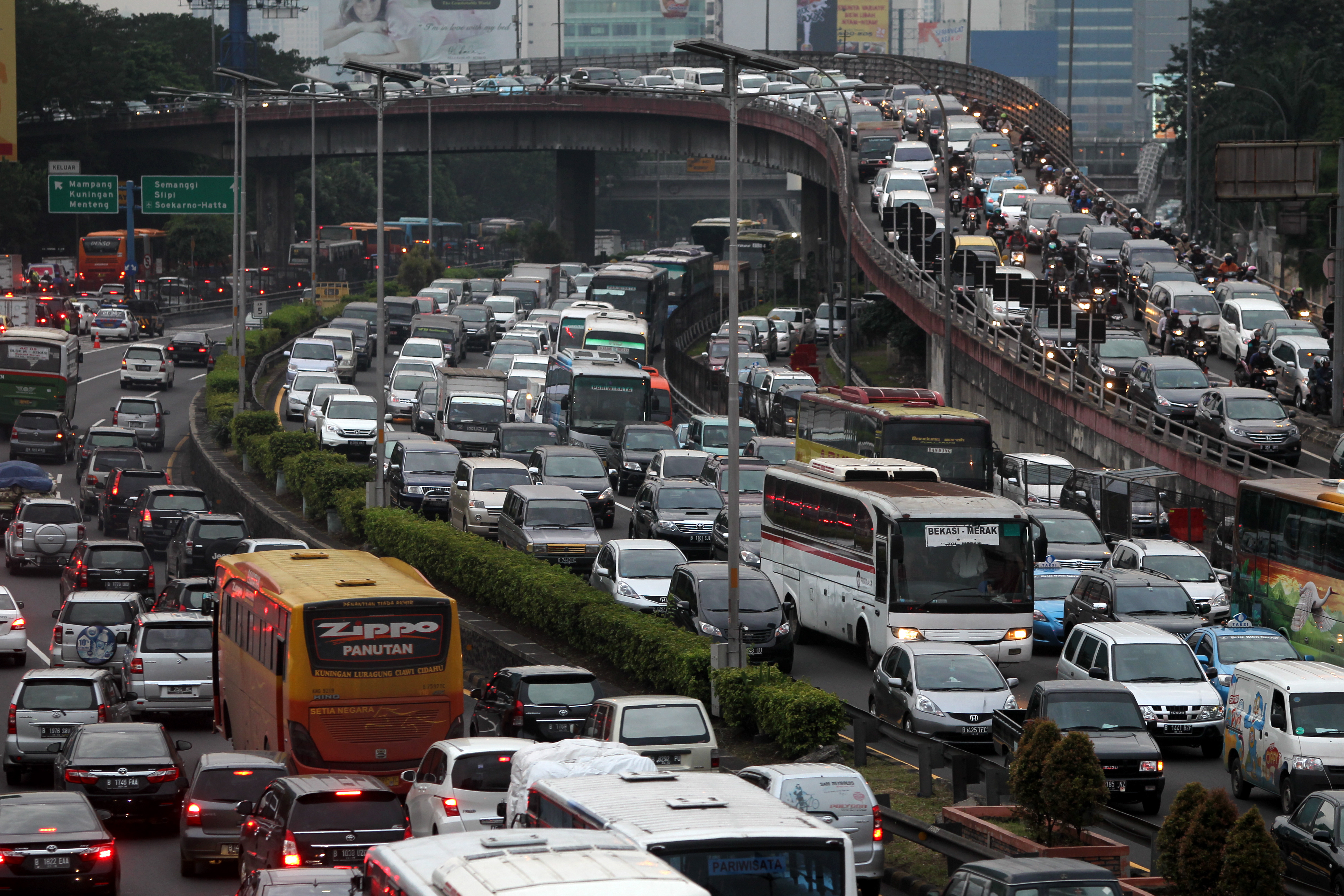
AGRA, India—Revered, street-roaming cows, stray peacocks, feral monkeys, goats, bicycles, mangy dogs, pedicabs, sheep, mule-yoked carts, not to mention pedestrians, are only some of the obstacles on India's roads. Due to millions of sauntering cows, it is likely that India has the world's greatest number of moving road impediments, and little sits between these roaming dangers and the many people on the country's roads.
Hollywood and Bollywood depictions of India routinely feature comical transport situations involving tok-toks, assorted quadrupeds and buses packed like freeze-dried coffee.
While there is truth in humor, mounds of corpses from India's road accidents are devastating, not at all funny.
The Indian government's estimate of 130,000 traffic-related deaths per year makes the country a near-world leader in road fatalities, just behind China, but the World Health Organization (WHO) puts the figure closer to 231,000—a number equal to the population of Orlando, Fla.
India's population of 1.2 billion represents 16.9 percent of the world's population, but an annual death toll of 231,000 would represent 19.3 percent of the annual global death toll of 1.24 million, according to WHO.
"I would put the death figure somewhere between the official Indian estimate and the WHO figures," said Mugdhal Topdiya, internal medicine physician at Delhi's private Fortis Hospital. "We have multiple dead bodies from traffic accidents at this hospital every day."
Accurate numbers are hard to come by. "A death certificate is necessary to have a proper Hindu burial on a flaming pyre," said Pravin K. Verma, an emergency and trauma care doctor at Medanta Medical Center in Delhi, "but the cause of death is often not listed due to poor [reporting] infrastructure."
Why are road casualty figures so high in India?
There are fines for not wearing a seatbelt, but enforcement and compliance are lax to nonexistent. Only about 27 percent of drivers use seatbelts, according to one study. A national drunk driving law is also rarely enforced.
And in a country where motorcycles and three-wheeled vehicles outnumber cars by a 5 to 1 ratio, the law requiring drivers and passengers on motorcycles to wear helmets is widely ignored. Less than half of all drivers and only 10 percent of motorcycles passengers bother with a helmet, according to a national study.
Meanwhile, the streets of major cities are trails of heavy moving parts and human bodies unprotected from unforgiving collisions. As the population grows, and the cost of a small motorcycle becomes affordable for members of India's ever-expanding middle class, the death toll continues to rise.
The free-roaming and untouchable cows do not help.
At the All India Institute of Medical Sciences, a public hospital in Delhi, there were multiple critical patients receiving care for traffic accidents. Trauma surgeons at the hospital were too busy to grant an interview, saying only that the hospital shrouds numerous traffic victims everyday.


